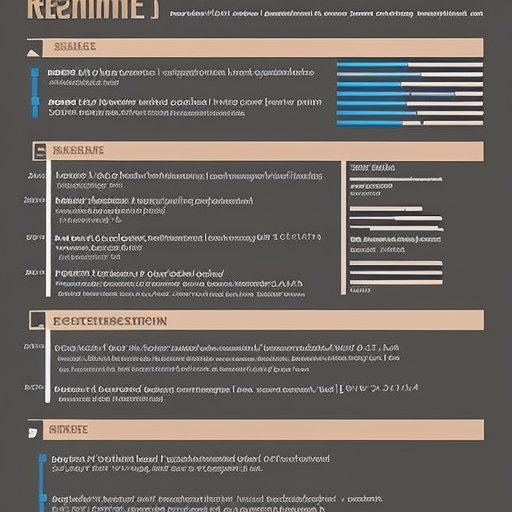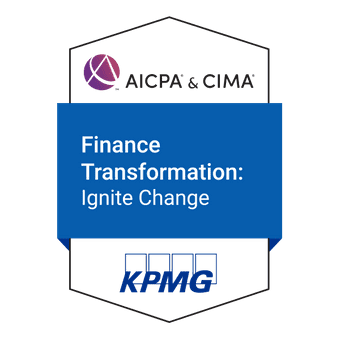Differences between IFRS and UK GAAP. Essential summary
International Financial Reporting Standards (IFRS) and Generally Accepted Accounting Principles (UK GAAP) are both standards for reporting financial information. IFRS is the standard set of accounting principles and reporting practices used to prepare and present financial statements in markets like the European Union, Japan, Australia and New Zealand.
In theory, IFRS and UK GAAP are very similar; however, in practice, there are some significant differences between the two accounting principles. The scope of these standards is not identical, meaning there are some essential differences between IFRS and UK GAAP. Let's take a closer look at where they differ.
Summary of Differences between IFRS and UK GAAP
Conceptual Framework:
IFRS
- Qualitative characteristics split into fundamental and enhancing
- Two main measurement bases are permitted: historical cost and current value.
- The current value can be one of the following:
- Fair value
- Value in use (or fulfilment value for liabilities)
- Current cost
UK GAAP
- Only one tier of qualitative characteristics
- Only two measurement bases (cost and fair value)
Primary financial statements
The primary difference is related to the terminology of financial statements between these standards
IFRS :
Terminology: Statement of Financial Position, Statement of Profit or Loss & Retained Earnings. Other comprehensive income
UK GAAP
Balance Sheet/Statement of financial position, Profit and loss account/Income statement & Profit and loss account (reserve)
Inventory
Measurement: Under UK GAAP, Inventories held for distribution at no or nominal consideration are measured at adjusted cost.
Additional guidance is provided on what should be included in production overheads. Under IFRS, IAS 2 has no such requirement.
Events after the Reporting Period
The difference primarily relates to dividend disclosure.
IFRS: Under IAS 10, Dividends declared after the year-end are not recognised but disclosed in the notes.
UK GAAP: Dividends declared after the year-end are not a liability but may be presented as a separate part of equity.
Leases
IFRS: IFRS 16 does not, for lessees, distinguish between finance and operating leases but requires nearly all leases to be recognised in the statement of financial position. There are exemptions for short leases and leases of low-value assets.
UK GAAP: FRS 102 makes a distinction, for lessees, between finance leases (substantially all the risks and rewards of ownership transferred) and operating leases (all other leases).
Discontinued Operations & Assets Held For Sale
IFRS: Discontinued operations are presented as a single line in SPL. The analysis appears in a note or statements of comprehensive income. Assets are classified as 'held for sale if they meet the criteria.
UK GAAP: Discontinued operations are presented in a separate column from continuing operations. No equivalent concept, so it continues to depreciate until the sale.
Revenue from Contracts with Customers
IFRS: IFRS 15 adopts a five-step approach to revenue recognition.
Revenue is recognised as or when the performance obligation(s) is/are satisfied (Step 5).
UK GAAP: FRS 102 does not contain the five-step approach. It focuses on the issue of control, which is only one aspect of Step 5 under IFRS 15. Control under FRS 102 focuses on transferring risks and rewards.
The Effects of Change in Foreign Exchange Rates
IFRS: Under IAS 21, Cumulative foreign exchange differences are shown as a separate equity component.
UK GAAP: No such requirement.
Borrowing Costs
IFRS: IAS 23 requires capitalisation of borrowing costs when criteria are met.
UK GAAP: Entities can choose whether to capitalise borrowing costs or recognise them as an expense incurred.
Intangible Assets
Development Expenditure: Under IAS 38, it's mandatory to capitalise on development expenditure when criteria are met. , while under UK GAAP, there is an option to capitalise on development expenditure
Useful lives: IAS 38 permits both intangible assets with finite and indefinite useful lives. In UK GAAP, All intangible assets have a finite useful life. It should be at most ten years if no reliable estimate can be made.
Summing up
If you would like to enhance your knowledge of IFRS or other financial reporting standards, take a certification course in IFRS or Diploma in IFRS books from Eduyush.com.
From the blog
View allFAQs
Follow these links to help you prepare for the ACCA exams
Follow these blogs to stay updated on IFRS
Use these formats for day to day operations
- Account closure format
- Insurance claim letter format
- Transfer certification application format
- Resignation acceptance letter format
- School leaving certificate format
- Letter of experience insurance
- Insurance cancellation letter format
- format for Thank you email after an interview
- application for teaching job
- ACCA PER examples
- Leave application for office
- Marketing manager cover letter
- Nursing job cover letter
- Leave letter to class teacher
- leave letter in hindi for fever
- Leave letter for stomach pain
- Leave application in hindi
- Relieving letter format
Link for blogs for various interview questions with answers
- Strategic interview questions
- Accounts payable interview questions
- IFRS interview questions
- CA Articleship interview questions
- AML and KYC interview questions
- Accounts receivable interview questions
- GST interview questions
- ESG Interview questions
- IFRS 17 interview questions
- Concentric Advisors interview questions
- Questions to ask at the end of an interview
- Business Analyst interview questions
- Interview outfits for women
- Why should we hire you question
- Leave application for office
- Leave application for school
- Leave application for sick leave
- Leave application for marriage
- leave application for personal reasons
- Maternity leave application
- Leave application for sister marriage
- Casual leave application
- Leave application for 2 days
- Leave application for urgent work
- Application for sick leave to school
- One day leave application
- Half day leave application
- Leave application for fever
- Privilege leave
- Leave letter to school due to stomach pain
- How to write leave letter










Leave a comment